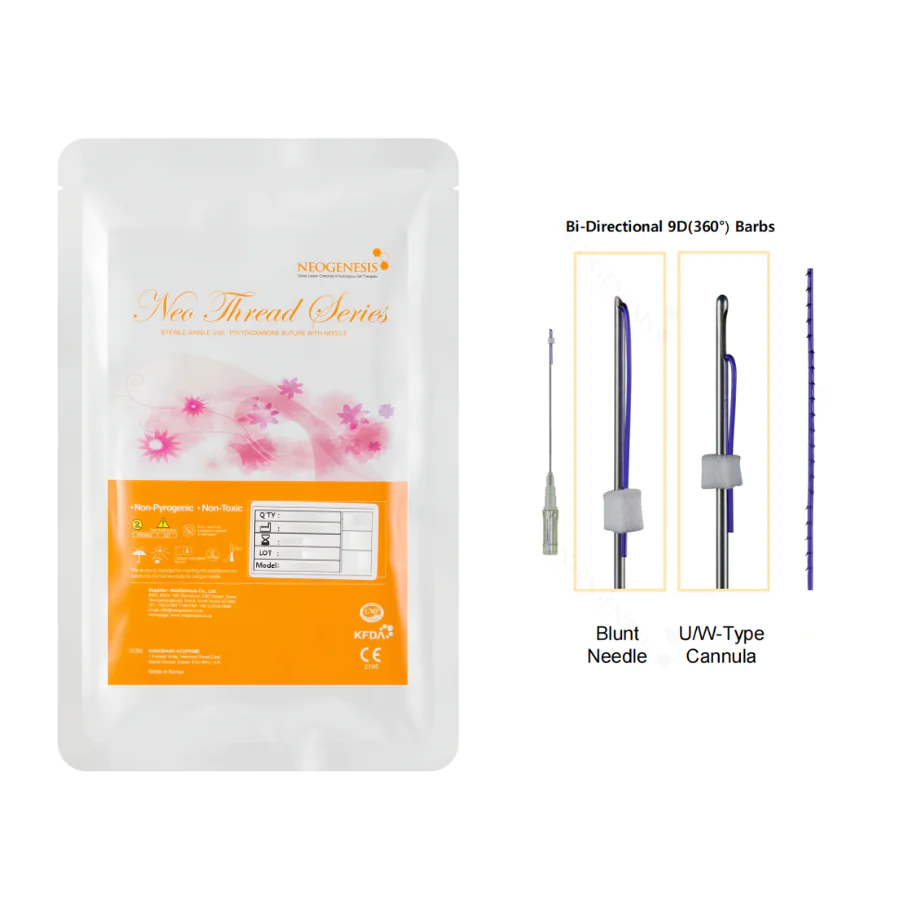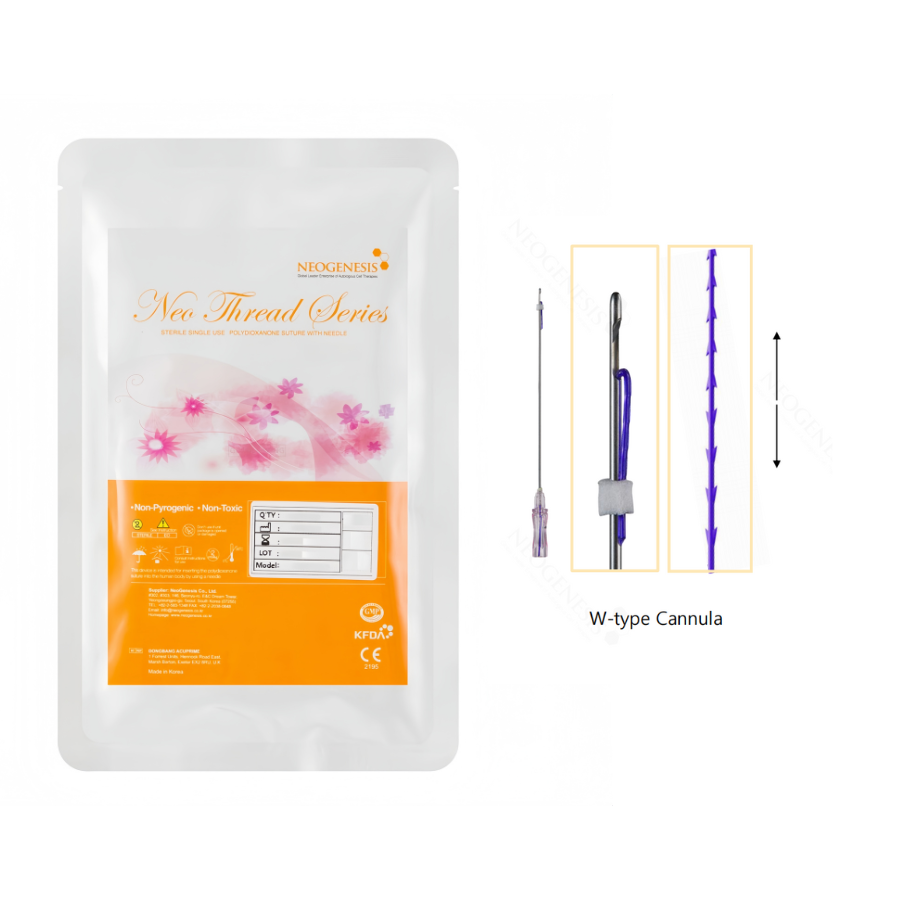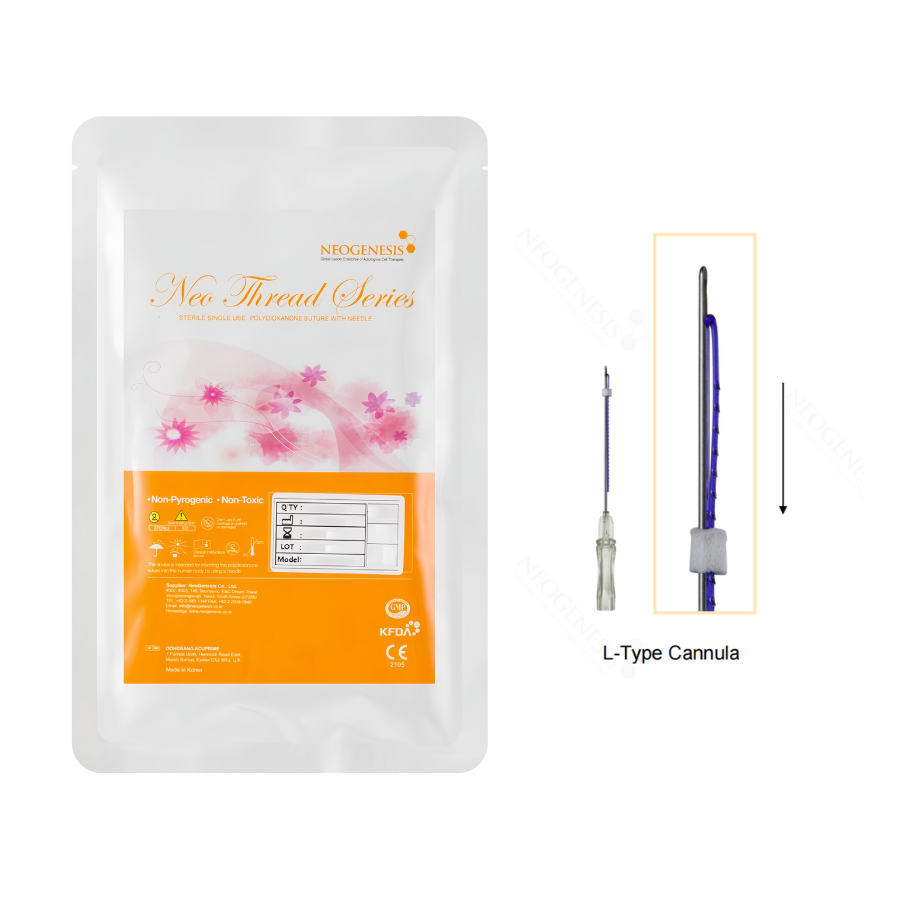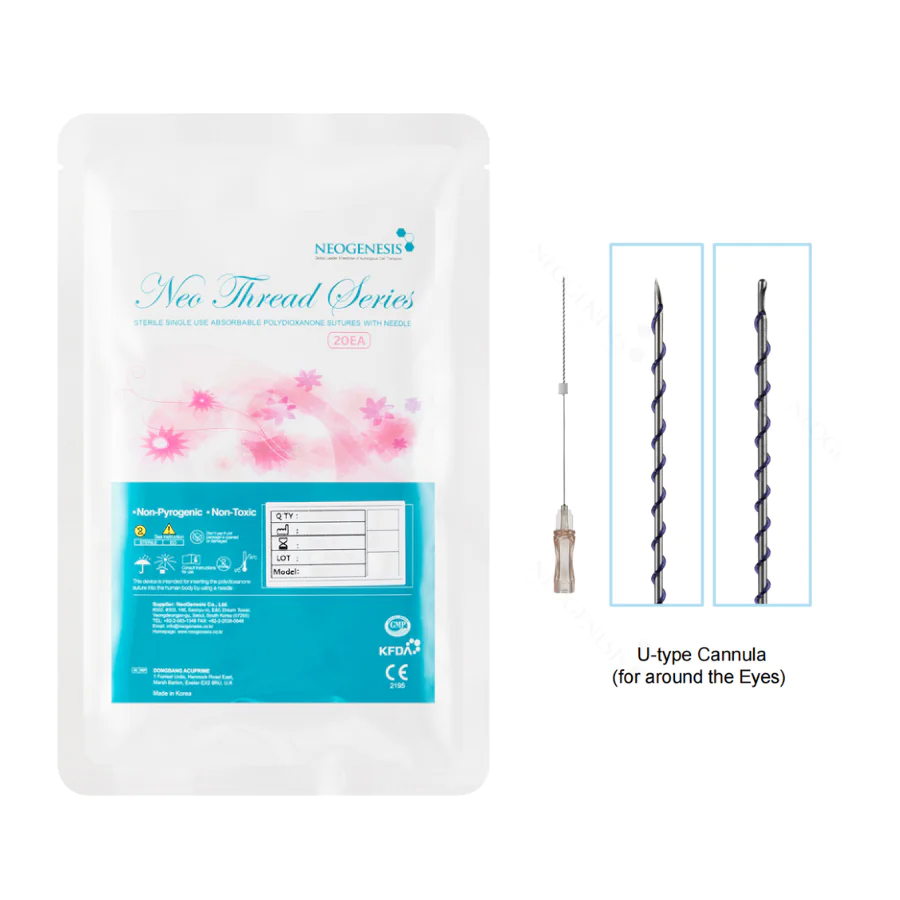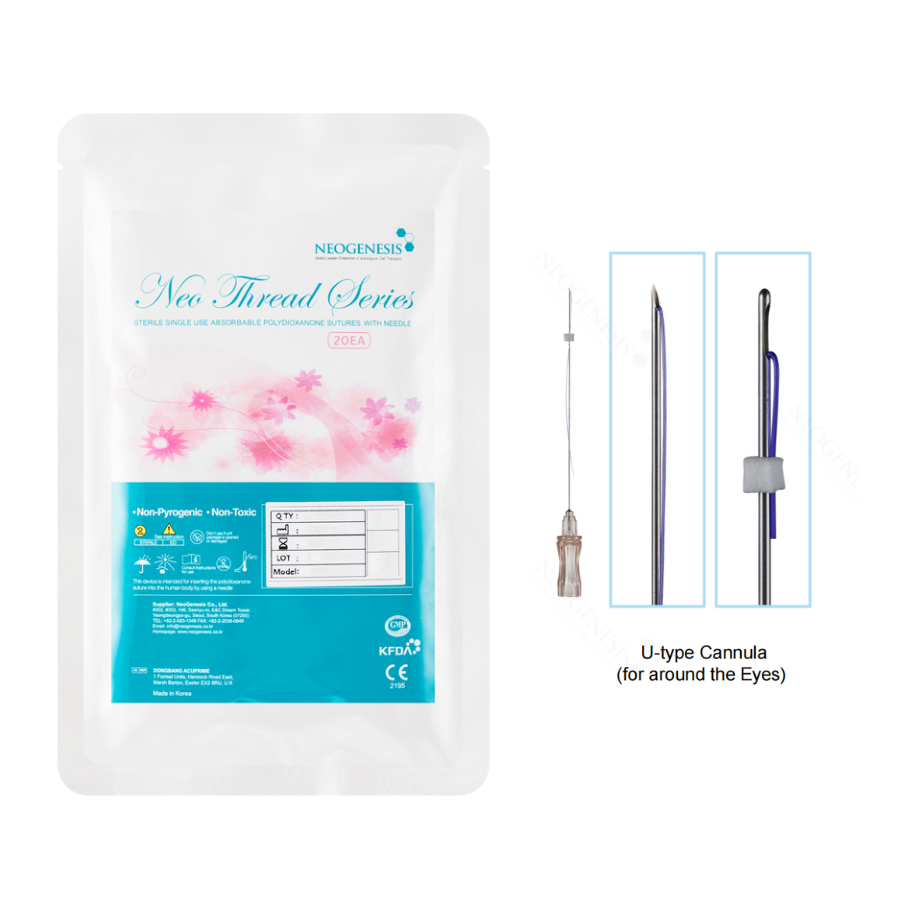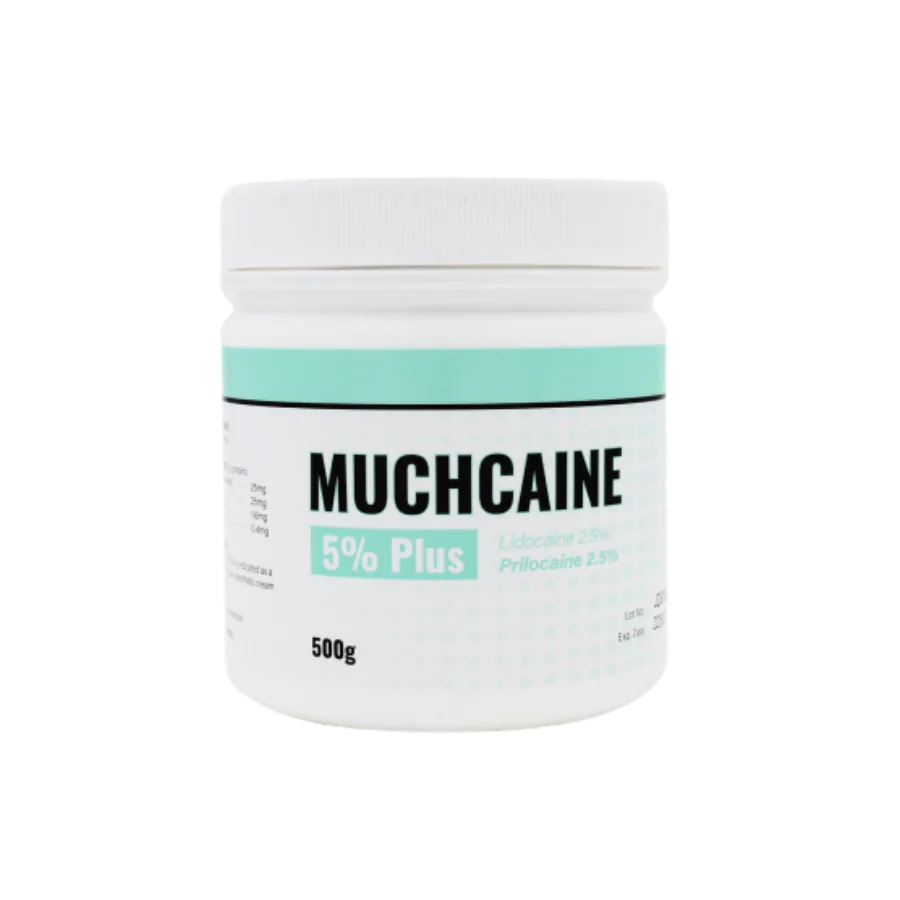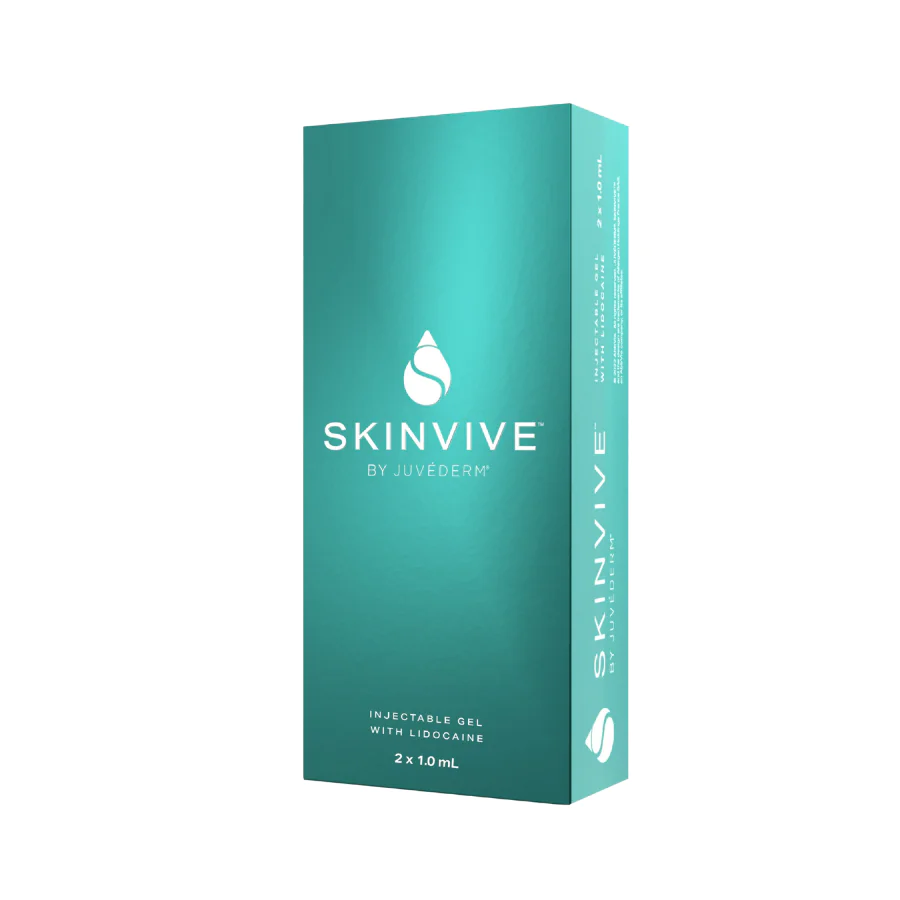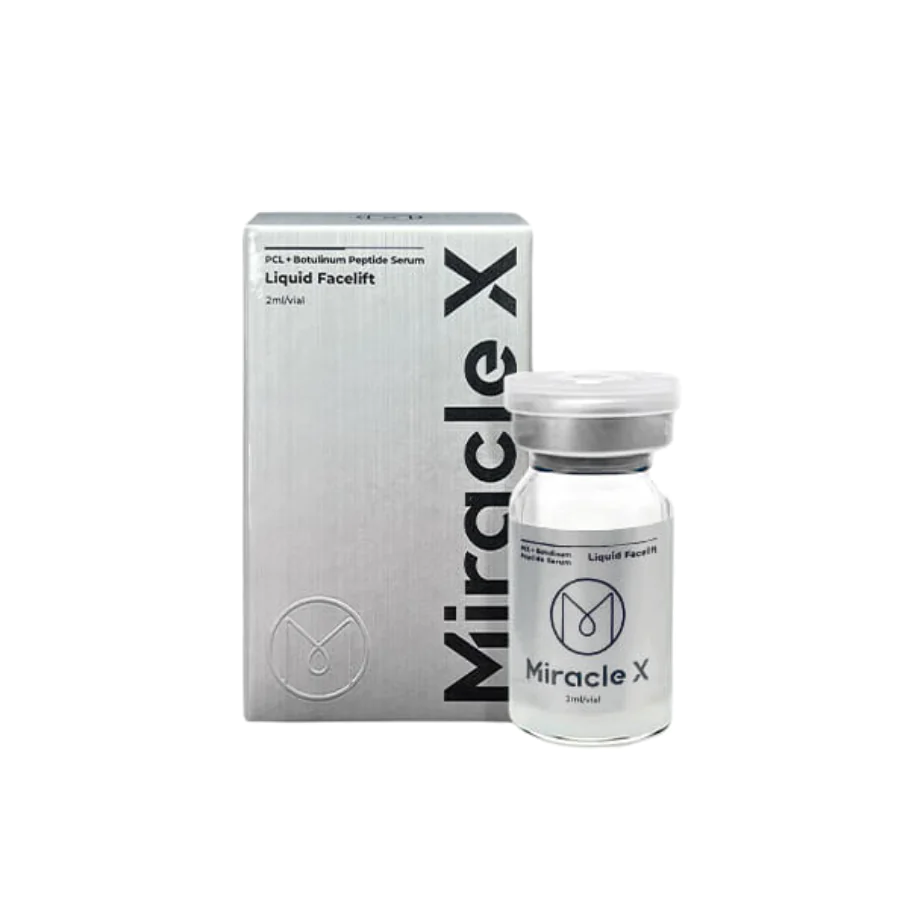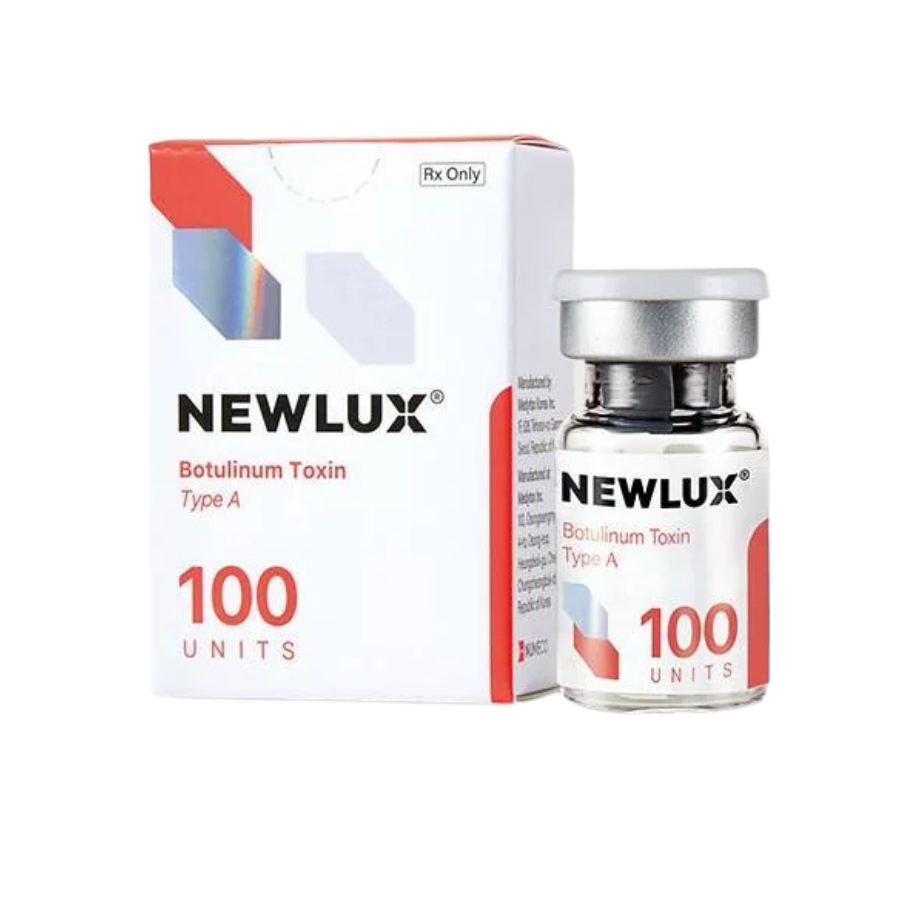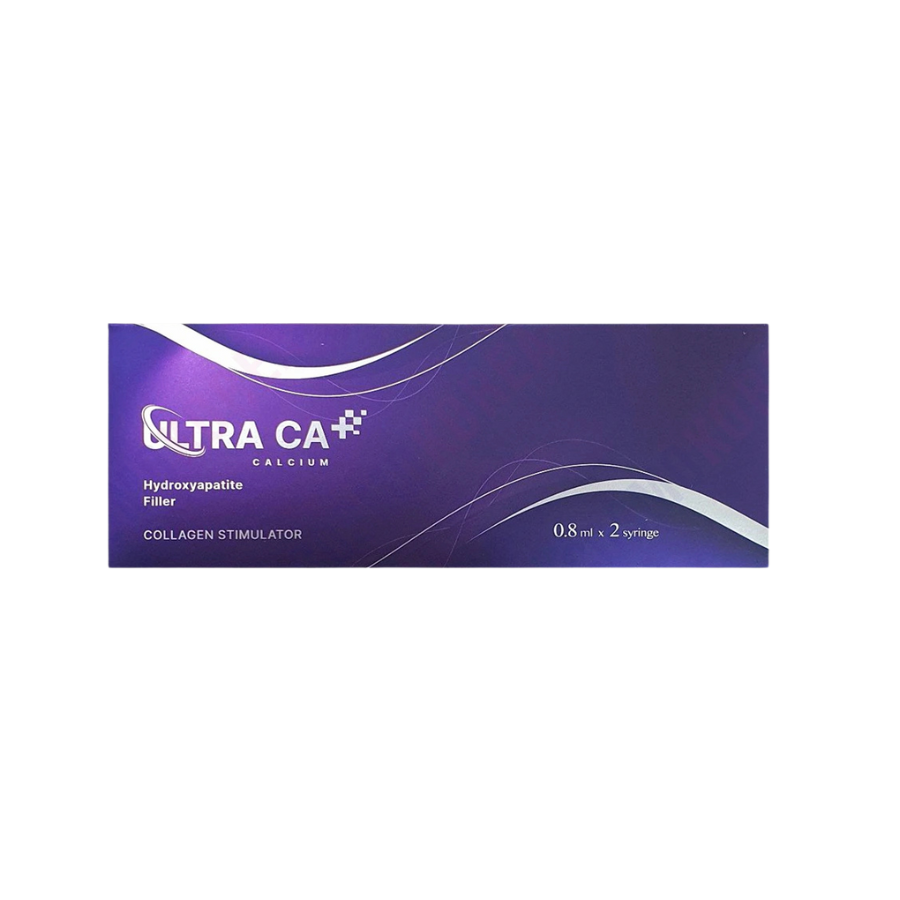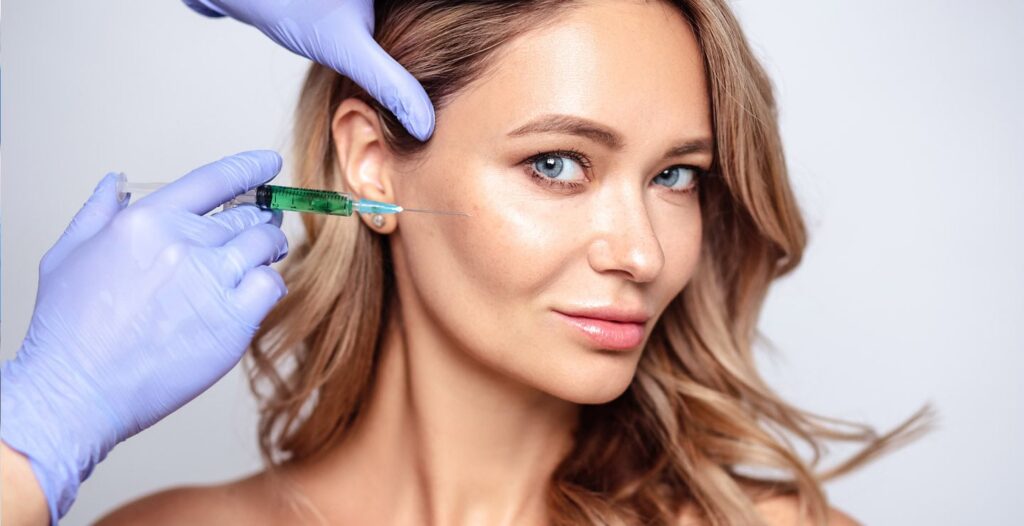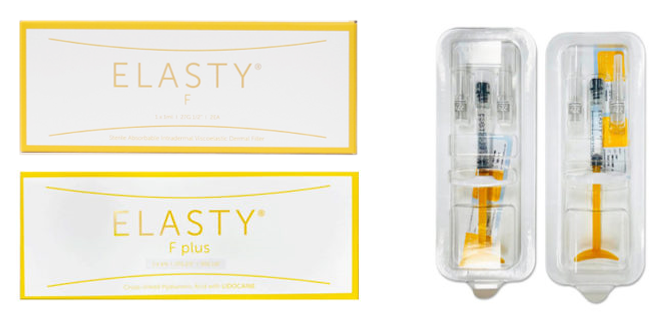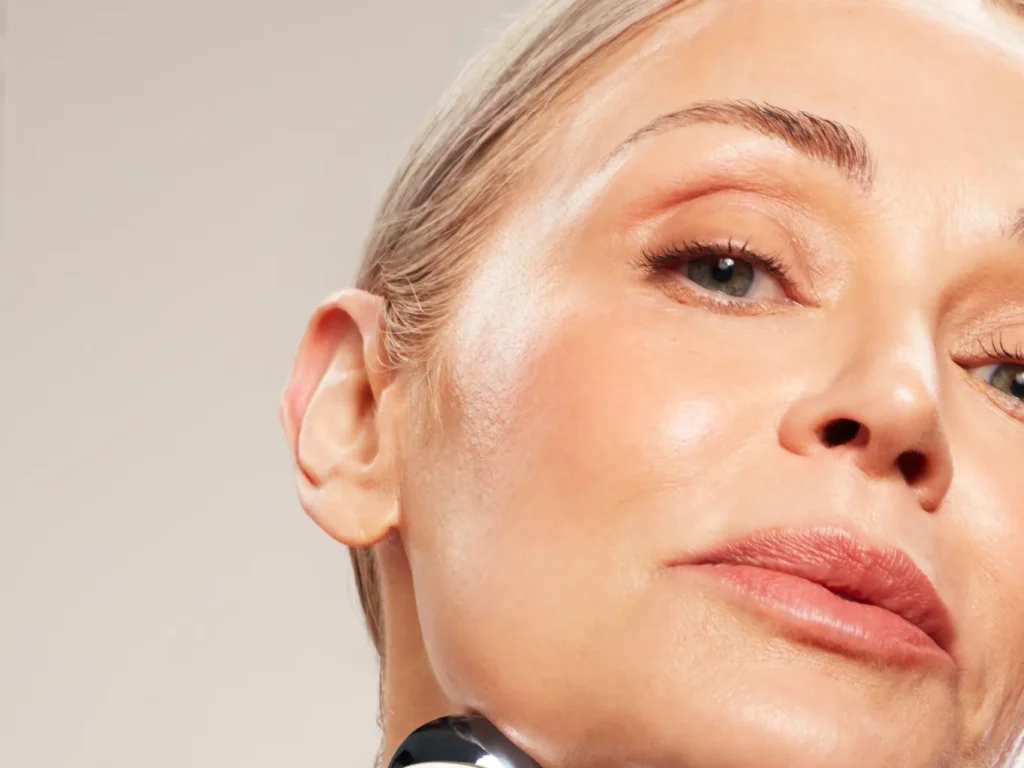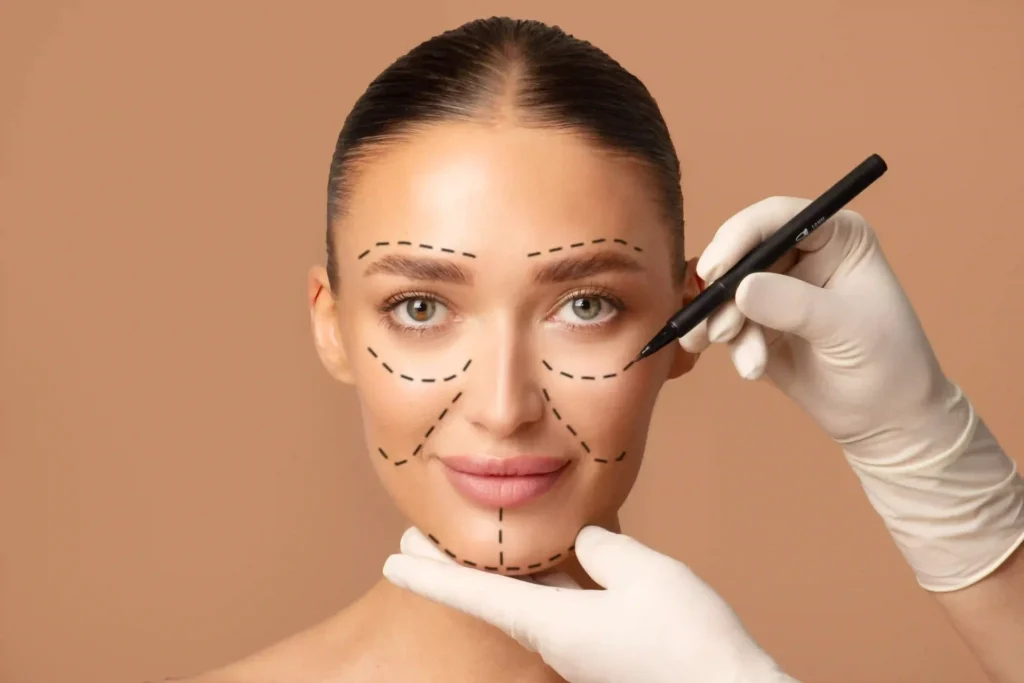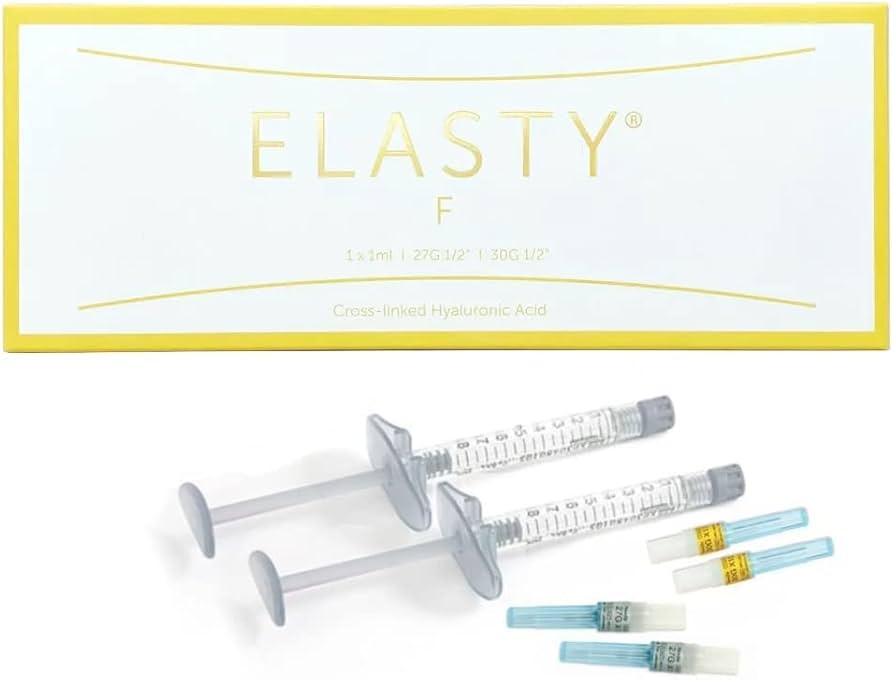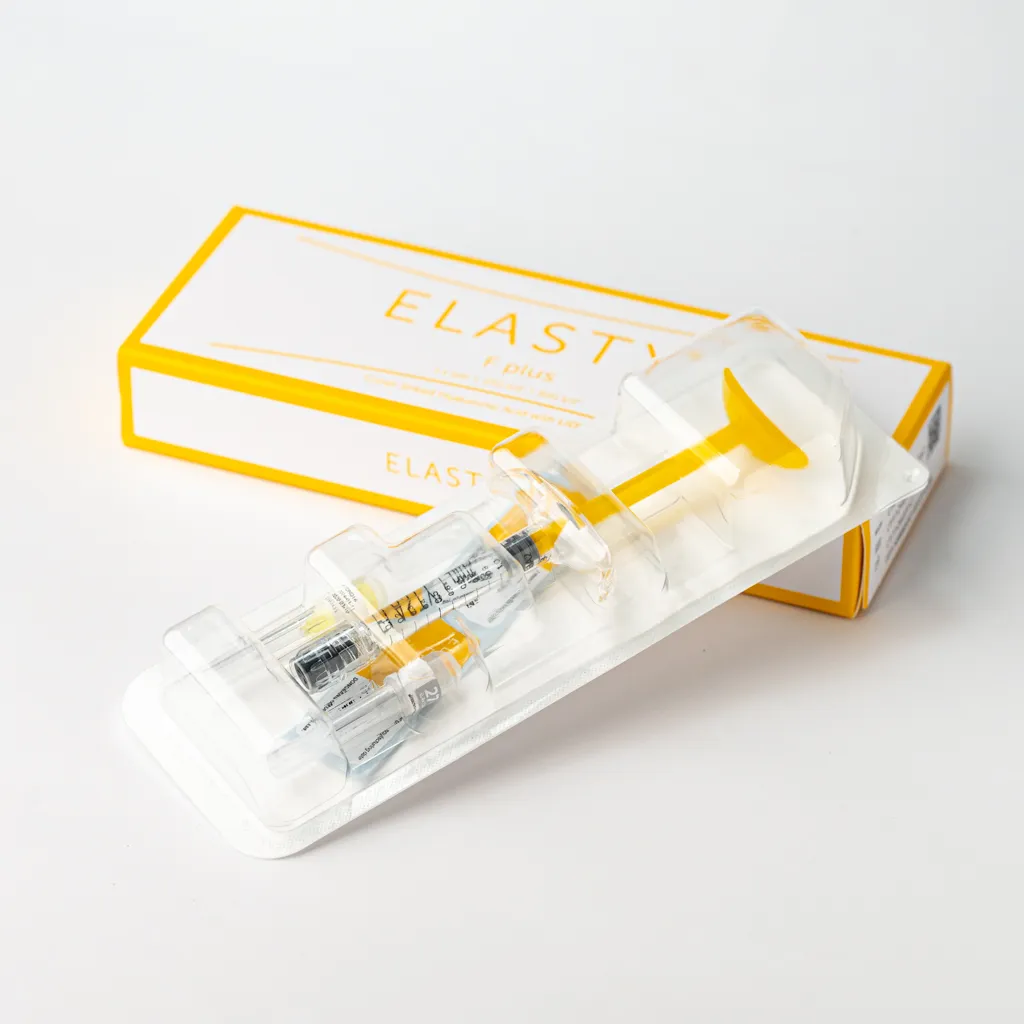Wondering how long Elasty filler lasts? On average, results last 6–12 months, but this varies based on factors like injection area and aftercare. Some users see effects up to 18 months with proper maintenance. Here’s what actually impacts longevity—no hype, just facts.
Table of Contents
ToggleInjection Area Matters
Where you get Elasty filler plays a big role in how long it lasts. High-movement areas (like lips) break down filler faster—often 6–8 months—while less active zones (cheeks, chin) can hold results for 12–18 months. Here’s why placement changes everything.
Why Some Areas Lose Filler Faster
Filler longevity isn’t just about the product—it’s about how much stress your skin handles daily. Areas with frequent muscle movement (smiling, chewing, talking) metabolize filler more quickly.
- Lips: Lasts 6–9 months on average.
- Constant movement (eating, talking) and thinner skin speed up breakdown.
- Pro tip: Hyaluronic acid (HA)-based fillers (like Elasty) dissolve faster here but are safer for fine-tuning.
- Nasolabial Folds (smile lines): 9–12 months.
- Deeper injections in this area slow absorption compared to lips.
- Cheeks/Midface: 12–18 months.
- Less muscle activity + thicker skin = slower breakdown.
- Denser fillers (e.g., poly-L-lactic acid) last longer here.
- Jawline/Chin: 12–24 months.
- Minimal movement + structural support extends results.
How to Maximize Longevity in High-Movement Areas
- Choose the Right Product
- For lips, mid-weight HA fillers (e.g., Elasty Medium) balance durability and natural movement.
- For cheeks, thicker formulations (e.g., Elasty Deep) resist compression.
- Adjust Injection Technique
- Shallow injections (e.g., lip borders) fade faster than deep placements (e.g., cheekbone base).
- A skilled provider layers filler in zones needing more support.
- Aftercare Matters More in Mobile Areas
- Avoid excessive pressure (e.g., straws, aggressive kissing) for 48 hours post-treatment.
- Hydration helps HA fillers last—drink water and use hyaluronic acid serums.
Realistic Expectations vs. Marketing Claims
Some clinics promise “2-year lip filler”—but this is rare without touch-ups. Most patients need a 20–30% top-up at 6 months in high-movement areas.
- Example: A 2022 study in Aesthetic Surgery Journal found lip filler retention dropped by 40% at 8 months vs. only 15% in cheeks.
When to Consider Non-Filler Options
For areas needing long-term volume (e.g., cheeks), collagen stimulators (e.g., Sculptra) or fat grafting may outlast traditional fillers. However, these require more downtime.
Your Skin Type & Lifestyle
Your skin and daily habits have a bigger impact on Elasty filler’s lifespan than you might think. Oily or thick skin tends to hold filler longer (12+ months), while thin, dry skin may break it down faster (6–9 months). Sun exposure, smoking, and even your workout routine play a role—here’s how.
How Skin Type Affects Filler Longevity
Not all skin is created equal when it comes to retaining filler. The thickness, oil production, and collagen levels in your skin determine how quickly the product integrates or breaks down.
| Skin Type | Filler Longevity | Key Factors |
|---|---|---|
| Oily/Thick Skin | 12–18 months | Higher collagen density slows breakdown; sebum may help “cushion” filler. |
| Dry/Thin Skin | 6–9 months | Less natural support; filler metabolizes faster due to fragile tissue. |
| Aging Skin | 8–12 months | Collagen loss speeds breakdown, but deeper wrinkles may “hold” filler longer. |
A 2021 study in Dermatologic Surgery found that patients with higher baseline collagen levels (common in oily skin) retained 30% more filler volume at the 1-year mark compared to those with thin skin.
Lifestyle Habits That Shorten or Extend Results
Sun Exposure
UV rays break down collagen and hyaluronic acid—key components of most fillers. Daily SPF 30+ can add 2–3 months to your results.
Smoking & Alcohol
Nicotine restricts blood flow, slowing healing and accelerating filler breakdown. Heavy drinkers may see 20% faster degradation due to dehydration.
Exercise Intensity
Moderate exercise boosts circulation, which helps maintain results. But extreme cardio (e.g., marathon training) can increase metabolism, shortening filler life by 1–2 months.
Diet & Hydration
A diet rich in vitamin C and protein supports collagen production. Poor hydration causes HA fillers to bind less effectively, reducing longevity.
Customizing Aftercare for Your Skin & Habits
- For oily skin: Use non-comedogenic moisturizers to avoid clogged pores near filler sites.
- For dry skin: Hyaluronic acid serums + ceramide creams help plump the skin and slow filler loss.
- For active lifestyles: Avoid intense facial pressure (e.g., tight goggles, face-down massages) for 2 weeks post-treatment.
When to Adjust Your Filler Strategy
If you have thin skin or high-impact habits, consider:
- More frequent touch-ups (e.g., every 6 months for lips).
- Collagen-boosting treatments (e.g., microneedling) to improve skin’s “foundation.”
- Higher-density fillers (e.g., Elasty Ultra) for better retention in problem areas.
Product Quality & Formula
Not all fillers are created equal. Elasty’s high-grade hyaluronic acid (HA) filler typically lasts 9–12 months, but cheaper alternatives may dissolve in 4–6 months. The difference? Particle size, cross-linking technology, and brand reputation—here’s what actually matters.
Why Filler Formulas Aren’t Interchangeable
The longevity of your results depends heavily on the science behind the product, not just the brand name.
| Factor | Impact on Longevity | Example (Elasty vs. Budget Brands) |
|---|---|---|
| HA Concentration | Higher % = longer duration | Elasty: 20–24 mg/mL (lasts 9–12 months) vs. Budget: 15–18 mg/mL (lasts 4–6 months) |
| Cross-Linking Density | More bonds = slower breakdown | Elasty uses BDDE cross-linking (stable for 12+ months) vs. weaker formulas (6 months) |
| Particle Size | Larger particles = longer retention | Cheek/jaw fillers use thicker gels (Elasty Deep) vs. fine lip fillers (Elasty Soft) |
A 2023 study in Aesthetic Plastic Surgery tested 5 HA fillers and found that highly cross-linked formulas retained 60% more volume at 12 months compared to basic ones.
How to Spot a Quality Filler (Without Falling for Hype)
FDA Approval & Clinical Data
Legitimate brands publish peer-reviewed studies on longevity and safety. Elasty’s 24-month patient data shows 85% satisfaction with minimal side effects.
Consistency Matters
Cheap fillers sometimes dilute HA with excessive water or glycerin, causing faster breakdown. Reputable brands maintain consistent viscosity batch-to-batch.
Clinic Sourcing
Unlicensed clinics may sell counterfeit or expired fillers, which degrade unpredictably. Always verify the product’s lot number and packaging seals.
When to Invest in Premium vs. Save on Budget Fillers
- Long-term areas (cheeks/jaw): Splurge on high-density fillers (Elasty Ultra) for better value over time.
- High-movement zones (lips): Mid-tier options (Elasty Medium) balance cost and touch-up frequency.
- Avoid “discount” fillers for structural work—they’re more likely to migrate or clump.
The Truth About “Long-Lasting” Claims
Some brands advertise ”24-month fillers,” but real-world results vary. For example:
- Sculptra (not HA) stimulates collagen but requires 3+ sessions for full effect.
- Radiesse lasts 12–18 months but isn’t reversible like HA.
Aftercare & Maintenance
Getting Elasty filler is just the first step—how you care for it afterward can add or subtract months from your results. Skipping sunscreen? Expect filler to fade 20% faster. Massaging too soon? Risk uneven settling. Here’s the no-nonsense guide to making your investment last.
The First 72 Hours: Where Most Mistakes Happen
Right after injection, your filler is at its most vulnerable. Swelling peaks at 24–48 hours, and premature touching can shift the product.
→ Do This:
- Ice gently (10 minutes per hour) to reduce swelling—but don’t press hard.
- Sleep on your back for 3 nights to avoid cheek/lip asymmetry.
- Avoid makeup for 12 hours to prevent bacterial irritation.
→ Avoid This:
- Straws, smoking, or excessive talking (for lip filler)—muscle movement disrupts settling.
- Hot showers/saunas—heat expands blood vessels, increasing bruising risk.
A 2022 Journal of Cosmetic Dermatology study found patients who followed post-procedure guidelines had 30% less swelling and more even results at 2 weeks compared to those who didn’t.
Long-Term Habits That Make or Break Longevity
Sun Exposure = Filler’s Worst Enemy
UV rays break down hyaluronic acid. Daily SPF 50+ users retain 2–3 months more volume than those who skip sunscreen.
Hydration Is Non-Negotiable
HA fillers bind to water—drinking 2L daily keeps them plump. Dry skin? Add a hyaluronic acid serum to lock in moisture.
Skip the Facial Massages (Unless Directed)
Aggressive rubbing—even months later—can accelerate breakdown. Exception: If lumps form, your provider may teach you gentle massage techniques.
When to Schedule Touch-Ups (Before You Think You Need Them)
Filler doesn’t vanish overnight—it fades gradually. Booking a touch-up at 70% degradation (vs. waiting until it’s gone) means:
- Less product needed (saves money).
- More natural-looking maintenance (no “overfilled” phase).
For most Elasty fillers:
- Lips: Plan a mini touch-up at 6 months.
- Cheeks: Can wait 10–12 months for a refresh.
Myths That Waste Your Money
✖ ”Facials ruin filler.” → Truth: Non-invasive treatments (LED, hydrafacials) are safe after 2 weeks.
✖ ”Exercise melts filler.” → Truth: Normal workouts are fine; just avoid inversion yoga for 48 hours.
Provider’s Technique & Experience
Who injects your filler matters just as much as what’s being injected. A seasoned professional can make Elasty filler last 50% longer than an inexperienced provider—not through magic, but through anatomical precision and strategic placement. Here’s what truly sets experts apart.
The Art Behind the Needle
Great injectors don’t just follow a template—they read your face like a map. They understand that filler placed along structural support points (like the cheekbone’s base) will outlast product injected into high-movement zones. This explains why two people using the same Elasty formula might see completely different longevity.
Depth is everything when it comes to technique. Superficial injections in the lips might look perfect on day one, but they’ll break down faster with all that talking and eating. Meanwhile, a provider who targets the deep fat pads when enhancing cheeks creates results that can survive 18+ months of normal facial expressions.
Why Certification Matters More Than You Think
That “board-certified” title isn’t just for show. Dermatologists and plastic surgeons spend years studying facial vascular networks—meaning they know exactly where to avoid to prevent complications and ensure optimal absorption. Compare this to weekend-course injectors who might rely on basic “safe zones,” often resulting in quicker fading or uneven settling.
A recent study tracked 200 filler patients and found those treated by MD-level providers maintained 75% of their volume at 12 months, while non-specialist cases needed touch-ups by month 6. The difference? Precision in cannula use and understanding of tissue planes that only comes with advanced training.
The Warning Signs of an Inexperienced Hand
Watch out for providers who default to one-size-fits-all syringe amounts—your face isn’t a paint-by-numbers canvas. If they’re not asking about your facial expressions habits (like whether you’re a side sleeper or frequent gum chewer), they’re not planning for longevity.
Another red flag? Overpromising permanence. No filler lasts forever, and ethical providers will explain that even their best work requires maintenance. Those claiming “five-year results” are either using non-HA products (which carry higher risks) or being dishonest.
How to Vet Your Provider Before Booking
Ask to see before-and-after portfolios of patients at the 9-month mark—not just fresh results. Inquire about their favorite injection zones for long-lasting outcomes; experts will enthusiastically explain their approach to layering. And never hesitate to request proof of updated cadaver training (yes, the best injectors practice on facial dissections).

